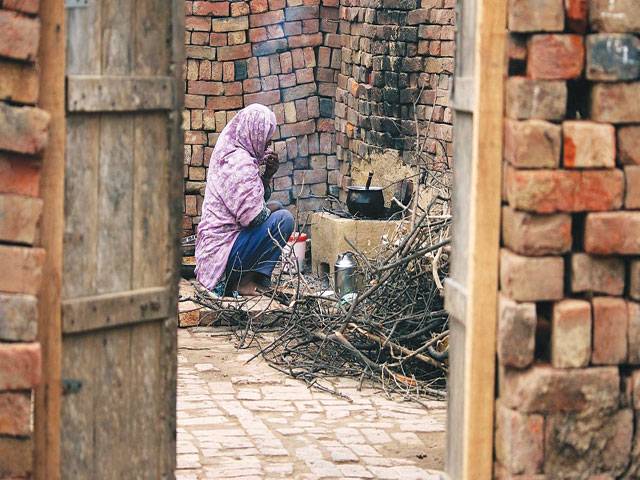LAHORE - With temperature going down with every coming day, natural gas pressure has been getting low in the province, adding to the public woes.
Millions of domestic consumers in different cities of Punjab, especially in Lahore, were hit by the problem on Tuesday. The situation will worsen as the SNGPL has already been facing a huge demand and supply gap, according to officials. However, they said that the gas would not be available to Punjab industry and CNG sector during next three to four months.
Authorities have been dragging their feet over the matter since long as they have not adopted measures to get over this problem. On Tuesday, the consumers faced unavailability of gas in homes at the onset of winters. The problem of low gas pressure was witnessed in almost all the localities of the city. There are reports of unavailability of gas in Rawalpindi, Gujranwala, Gujrat, Sheikhupura, Faisalabad and other cities as well.
A resident of Mozang area complained that inept management of Sui Northern Gas Pipelines Limited (SNGPL) caused inconvenience to the domestic consumers.
“It was an uphill task to prepare breakfast and there was no gas during the evening so I brought food from a nearest hotel for my family,” said another resident Muhammad Usman of Mozang. He also expressed his concern over the situation in coming weeks and months when chilly weather becomes unbearable.
The consumers in the areas of Allama Iqbal Town, Samanabad, Mustafa Town, Thokar Niaz Baig, Johar Town, Township, Muslim Town, Wahdat Colony, Ichhra, Bagwanpura, Garhi Shaho and Walled City also witnessed extreme low gas pressure at their homes.
On the other hand, SNGPL the management is not sharing demand and supply data of gas, making it difficult for consumers to prepare themselves accordingly.
Sources say the total demand for gas in Punjab and Khyber-Pakhtunkhwa is touching 2.1 billion cubic feet per day these days while it would escalate to 2.21 in November; 2.46 in December; 2.7 in January; 2.55 in February; and 2.29 in March against the total availability of around 1.24 cubic feet per day in the network. Hence, the shortfall would hover around 40 to 50 per cent during winter.
Thursday, April 18, 2024
Gas pressure follows low temperature

Jailed Myanmar leader Suu Kyi moved to house arrest
April 18, 2024
Jahangir Khan PSA Satellite Squash Series strats
April 18, 2024
Pakistan women face West Indies women in first ODI today
April 18, 2024
Asad, Amir reach PTLA Junior National Tennis semis
April 18, 2024
Rail Revival
April 17, 2024
Addressing Climate Change
April 17, 2024
Saudi Investment
April 17, 2024
Political Reconciliation
April 16, 2024
Pricing Pressures
April 16, 2024
Workforce inequality
April 17, 2024
New partnerships
April 17, 2024
Shikarpur crisis
April 17, 2024
Peace quest
April 17, 2024
Democratic harmony
April 16, 2024
ePaper - Nawaiwaqt
Advertisement
Nawaiwaqt Group | Copyright © 2024





